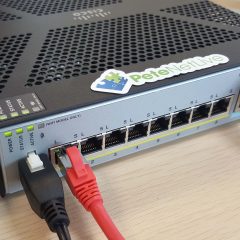Cisco Firewall Port Forwarding
KB ID 0000077 Problem Note: This is for Cisco ASA 5500, 5500-x, and Cisco Firepower devices running ASA Code. Note2: If your firewall is running a version older than 8.3 you will need to scroll down the page. Port forwarding on Cisco firewalls can be a little difficult to get your head around, to better understand what is going on remember in the “World of Cisco” you need to remember two things….. 1. NAT Means...
Beware “Free Public WiFi”
KB ID 0000338 Problem Ever sat in a train station, cafe, or airport, and seen “Free Public Wifi”? It’s a well known fact that my personal motto is “there’s nothing better than free things”, sadly in this case your not going to get what you were expecting 🙁 Solution There’s nothing particularly sinister about it, it’s caused by a bug that was in Windows XP. This particular bug was fixed...


